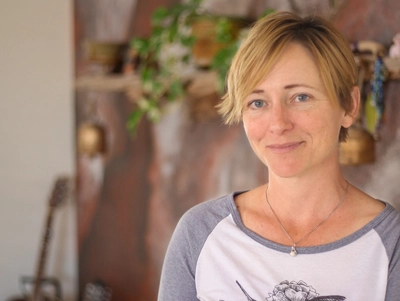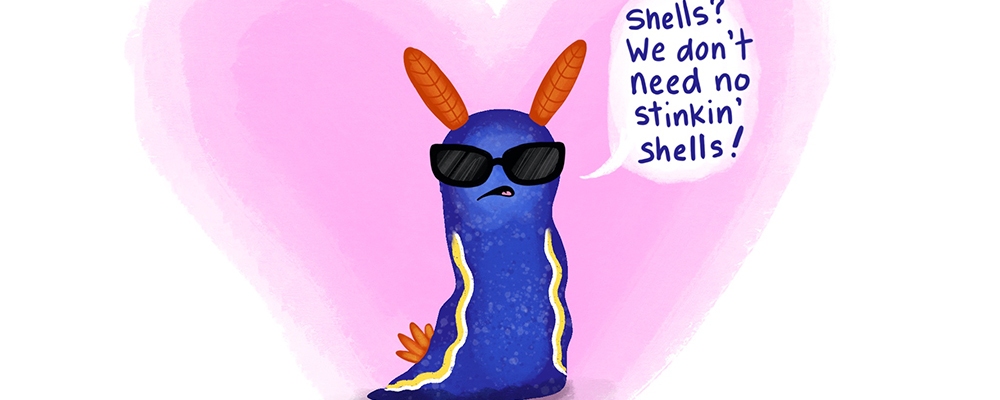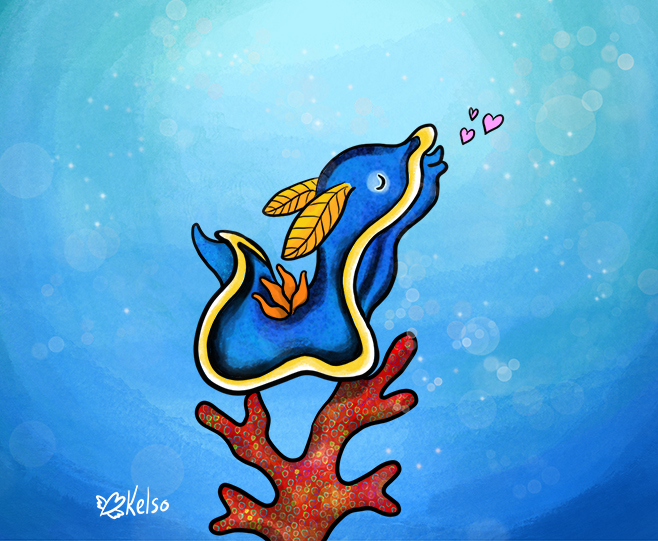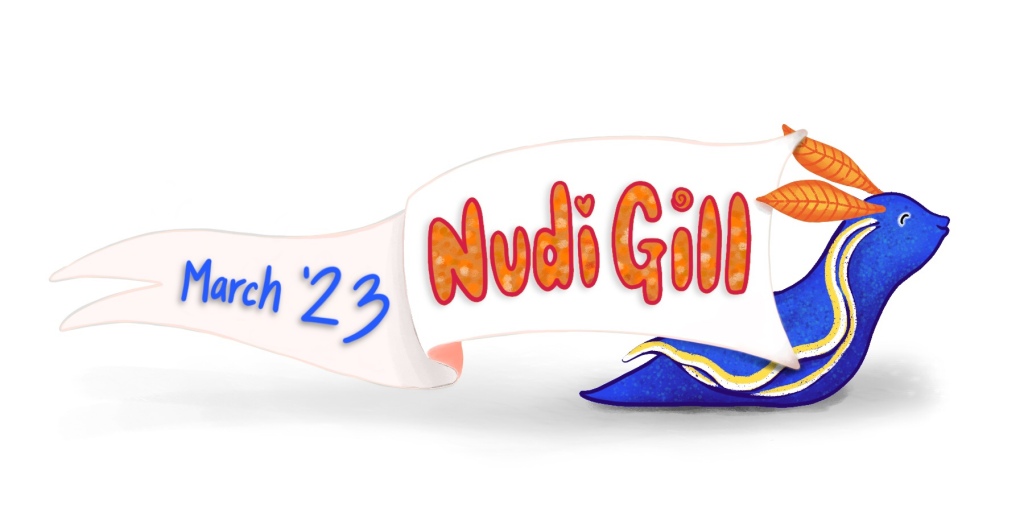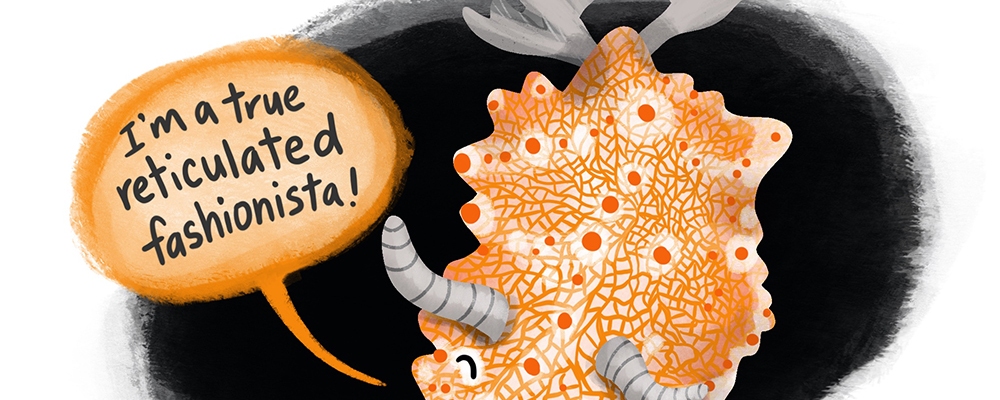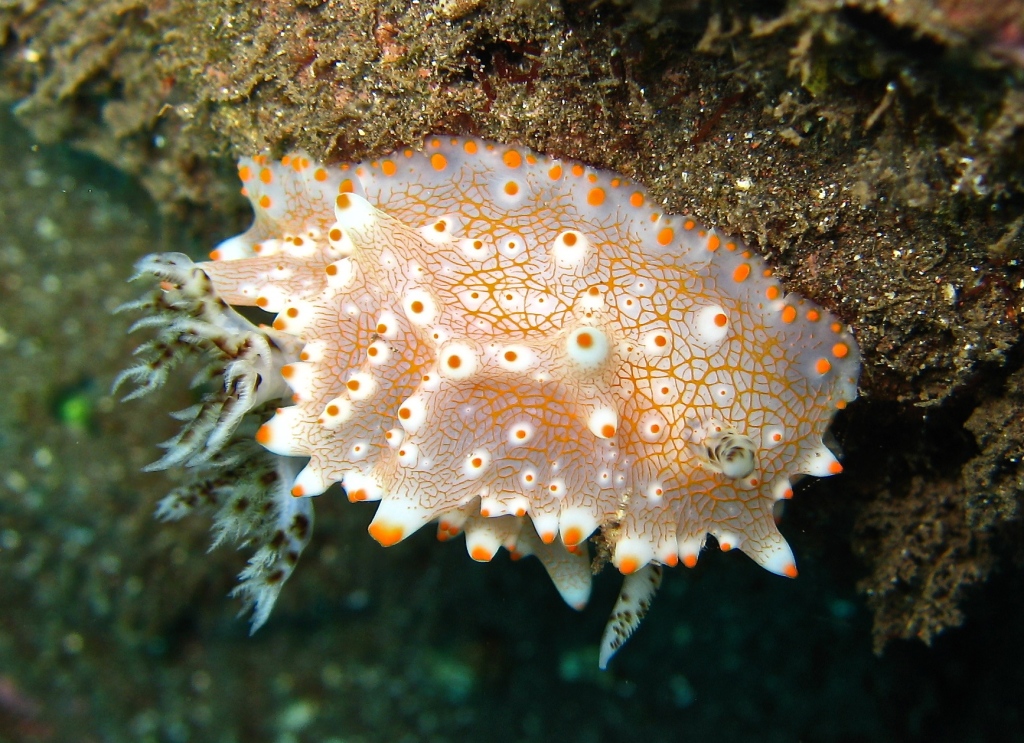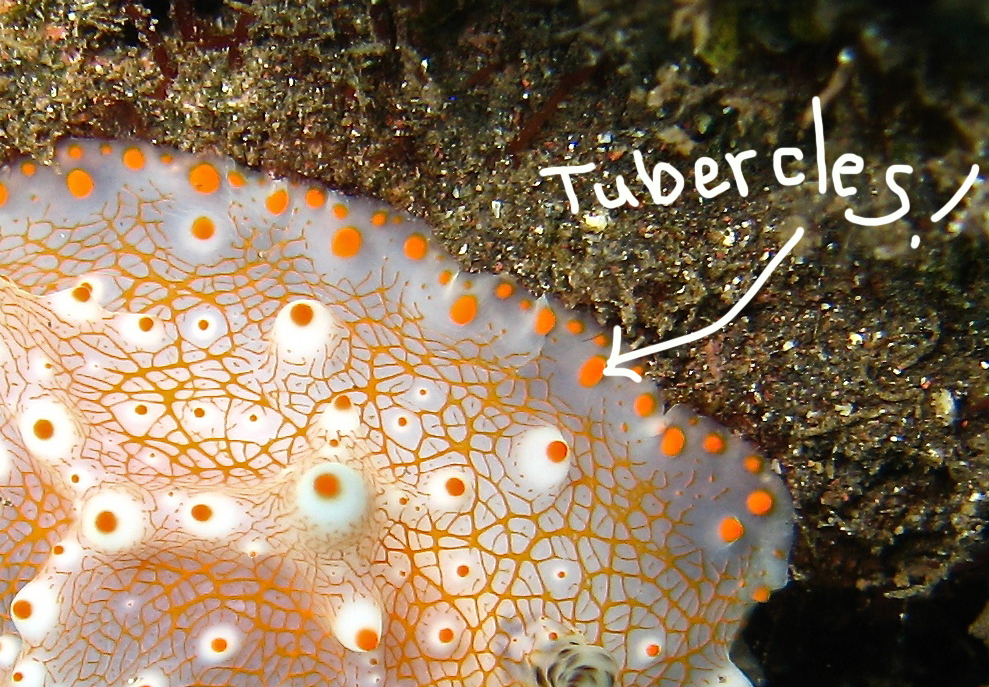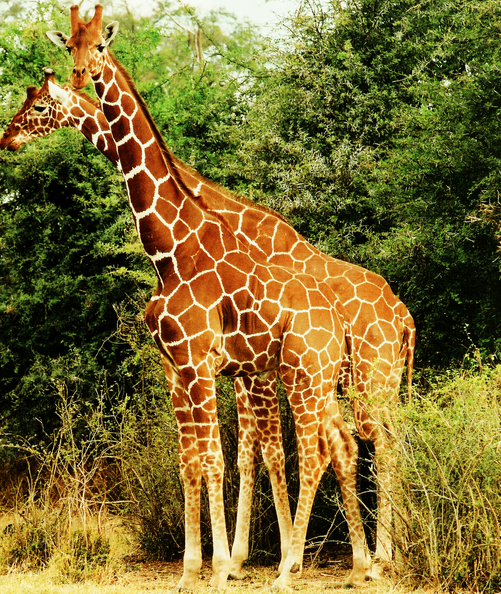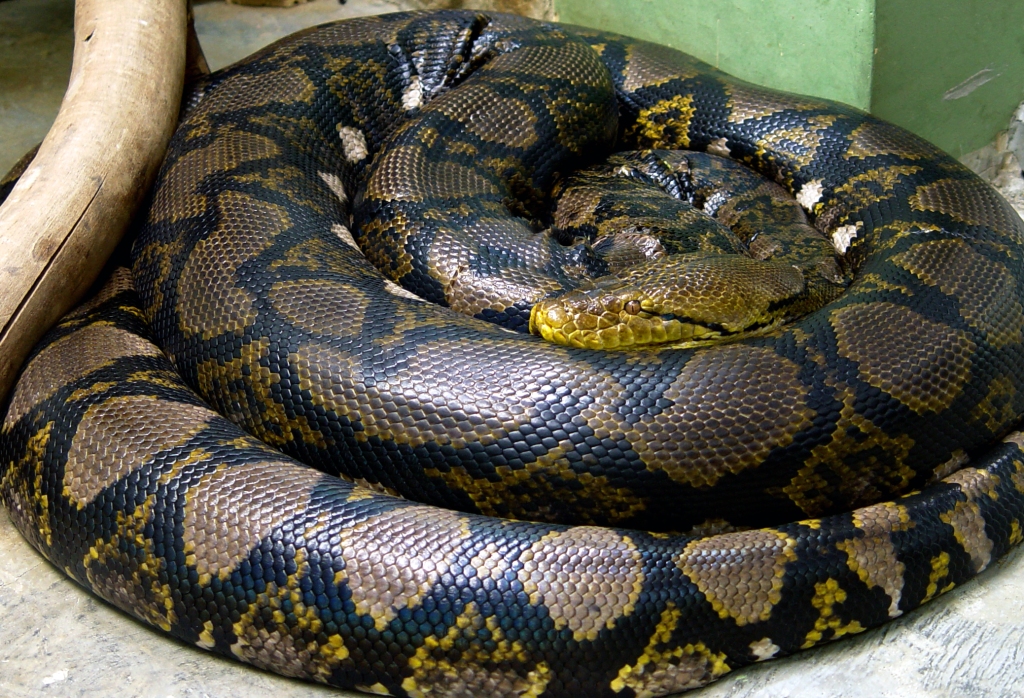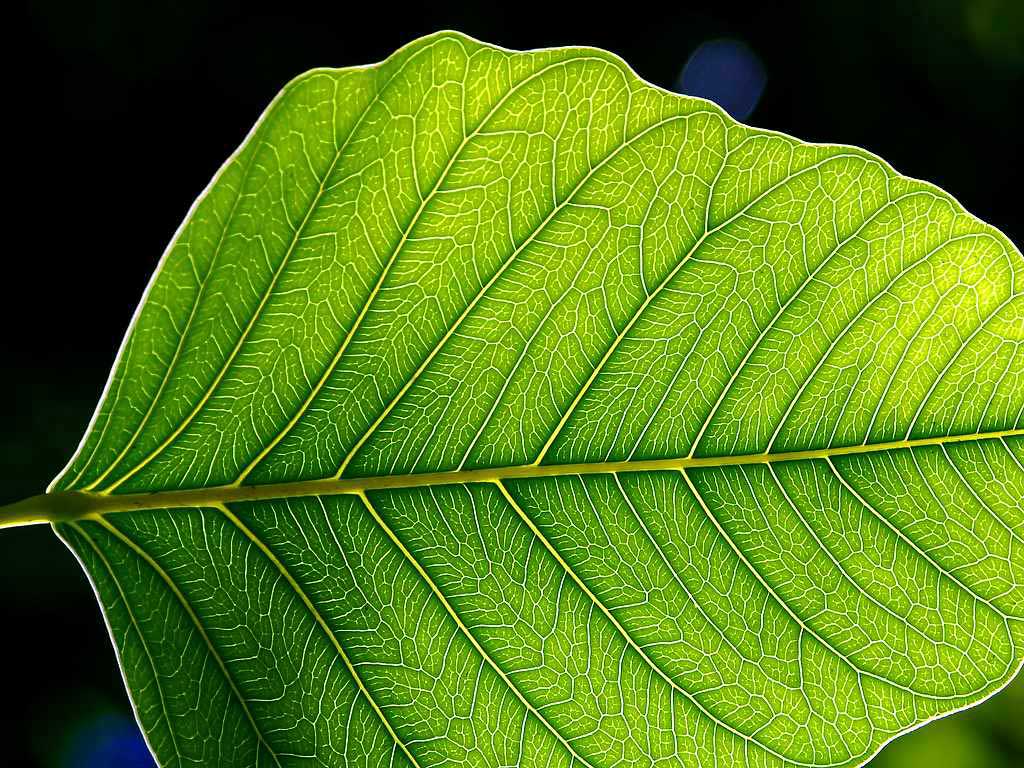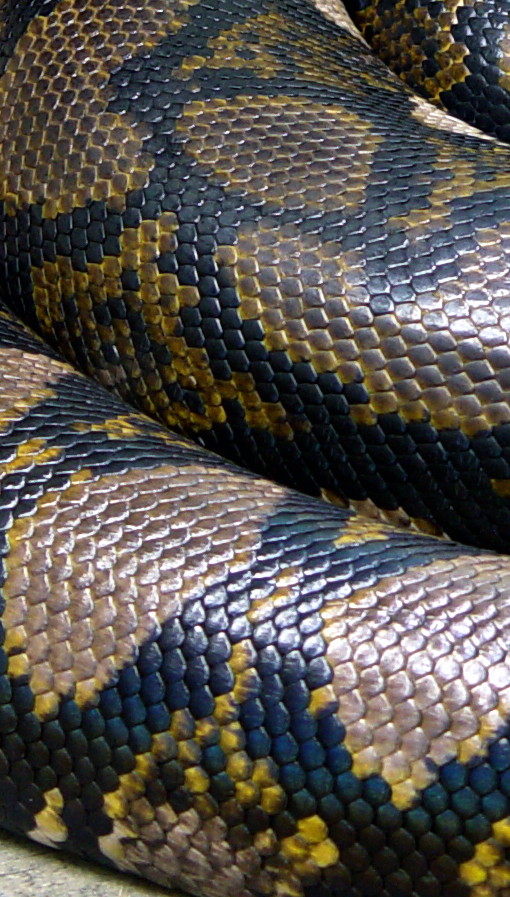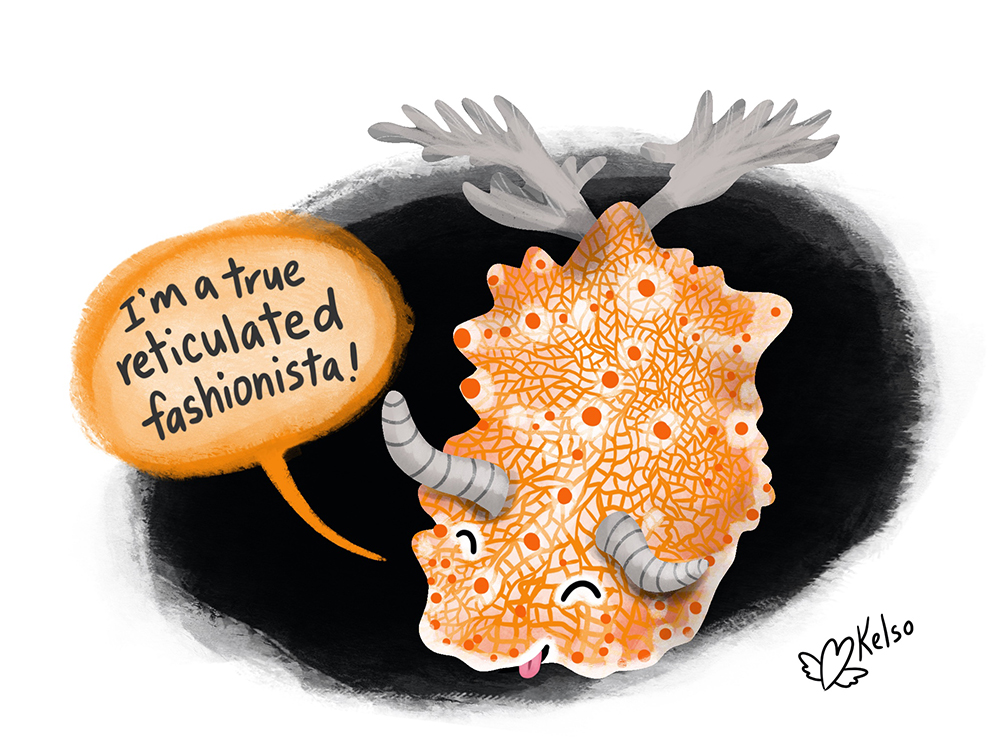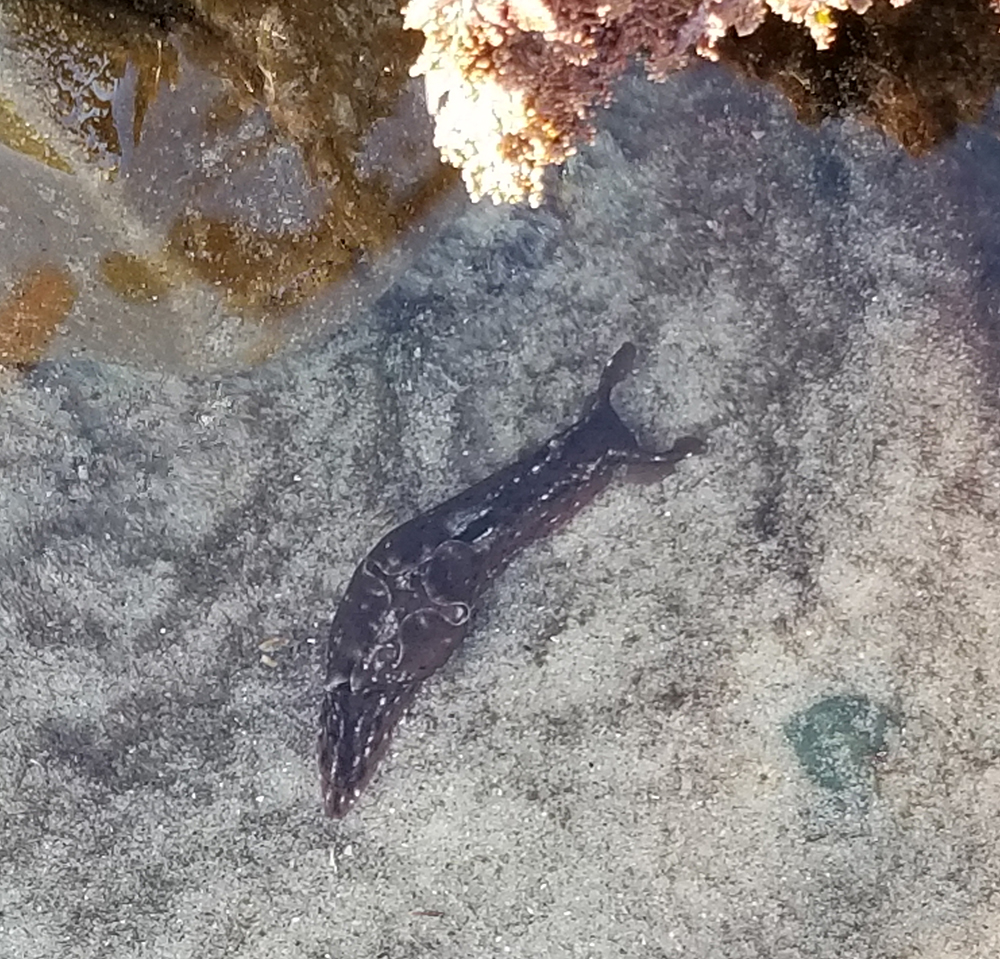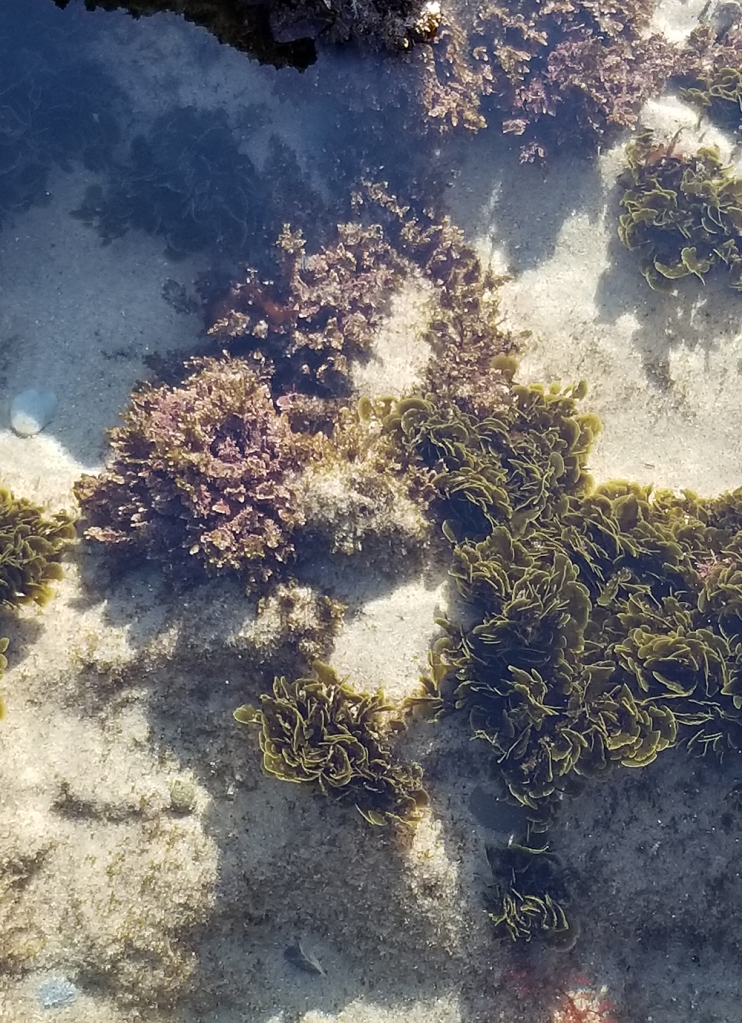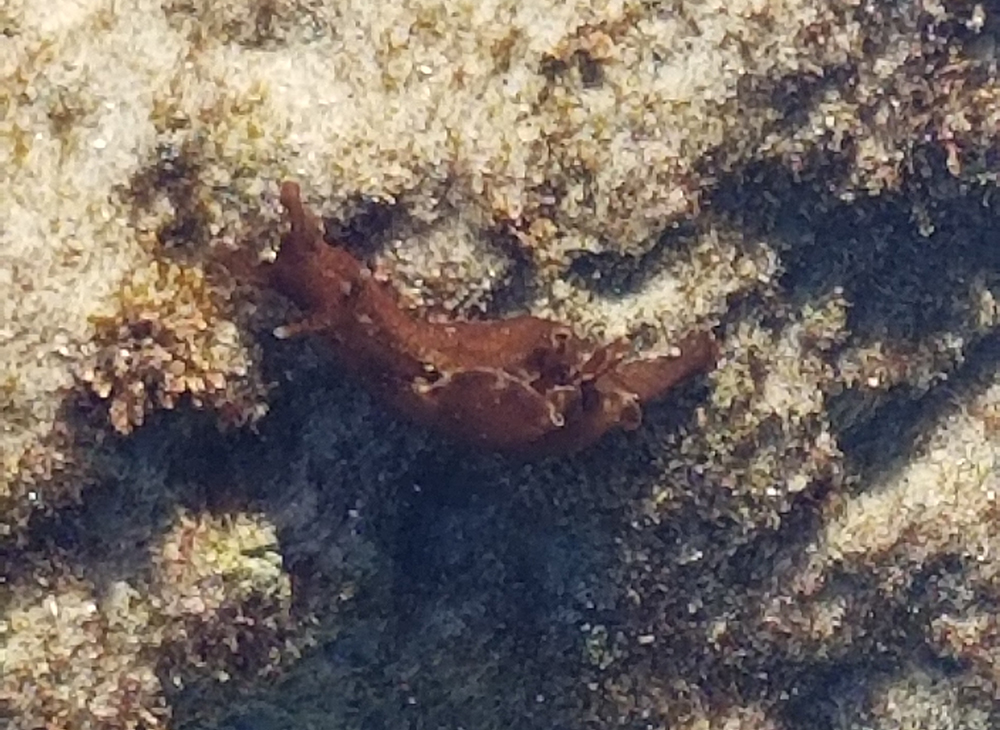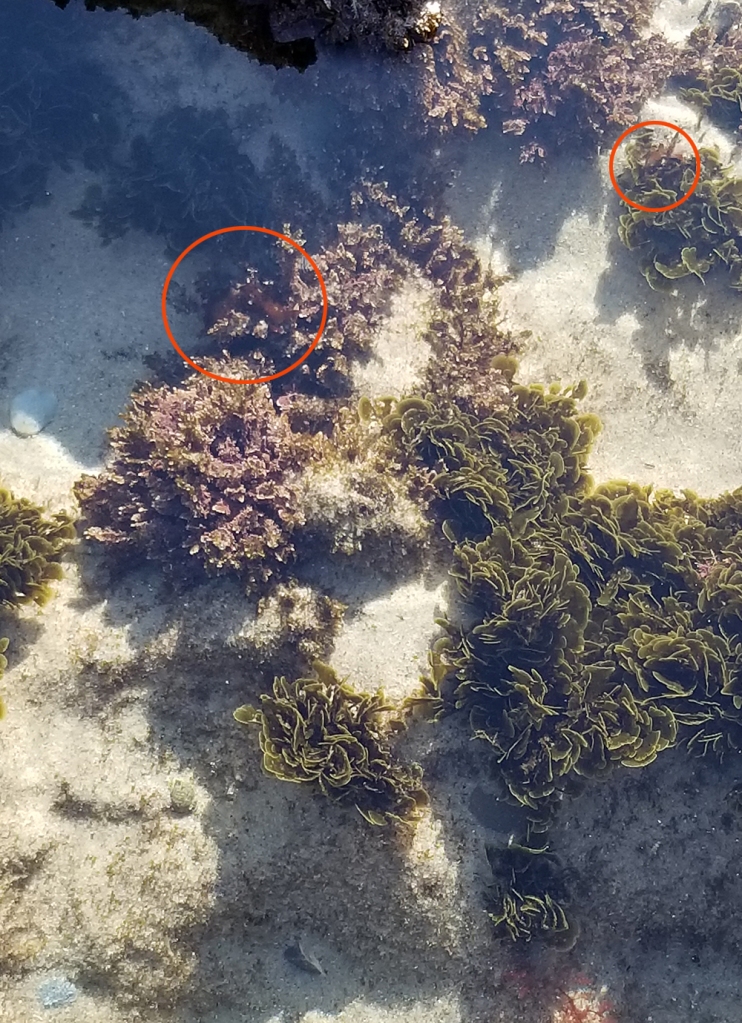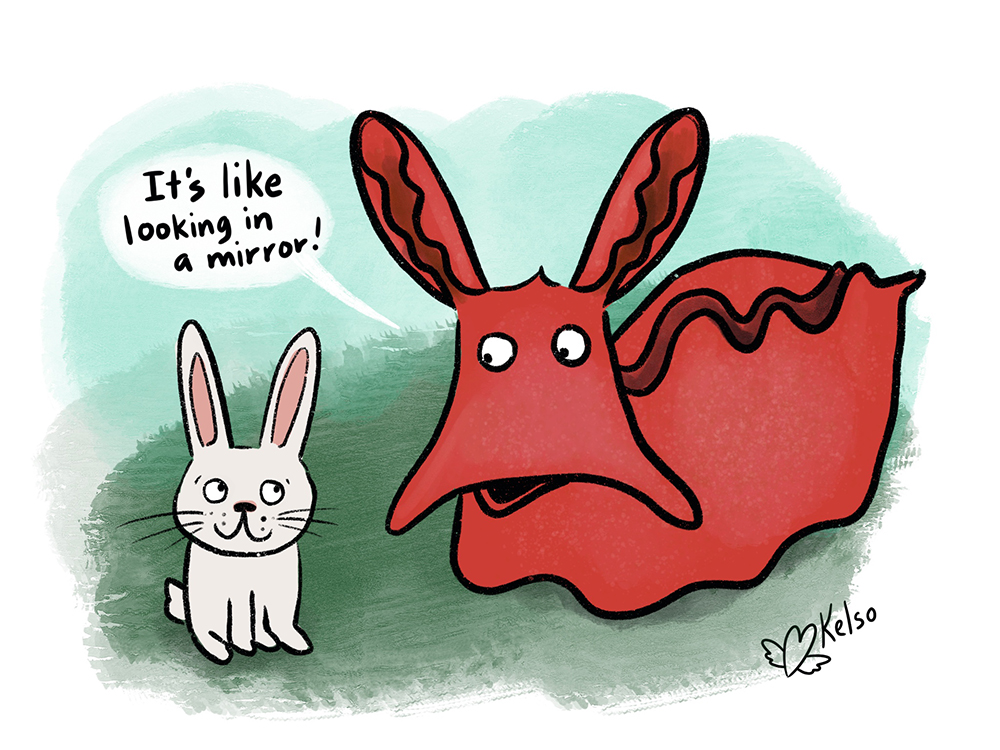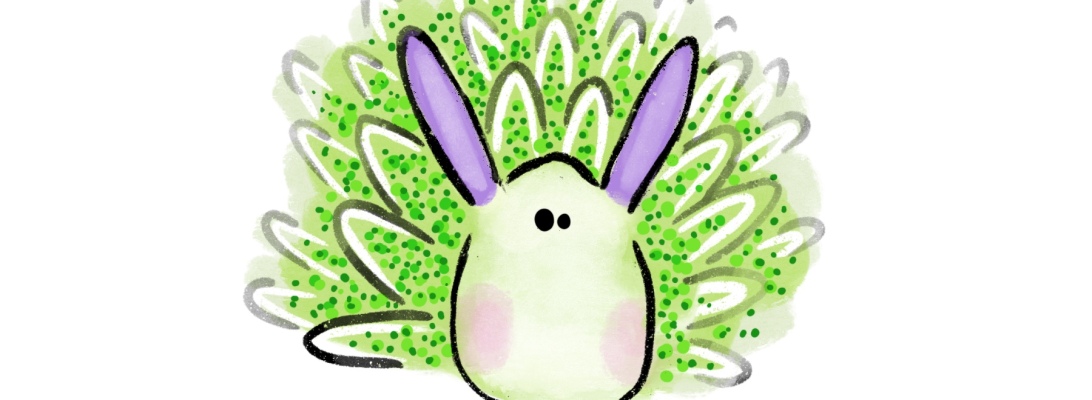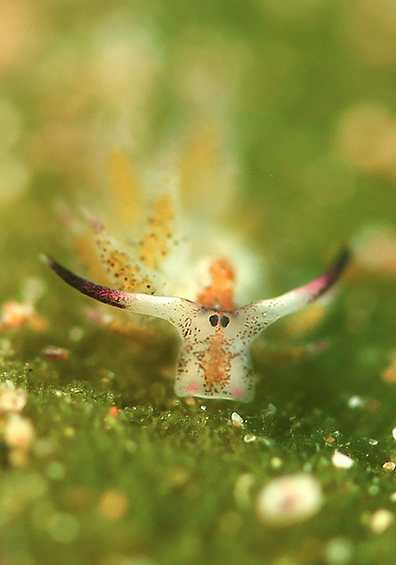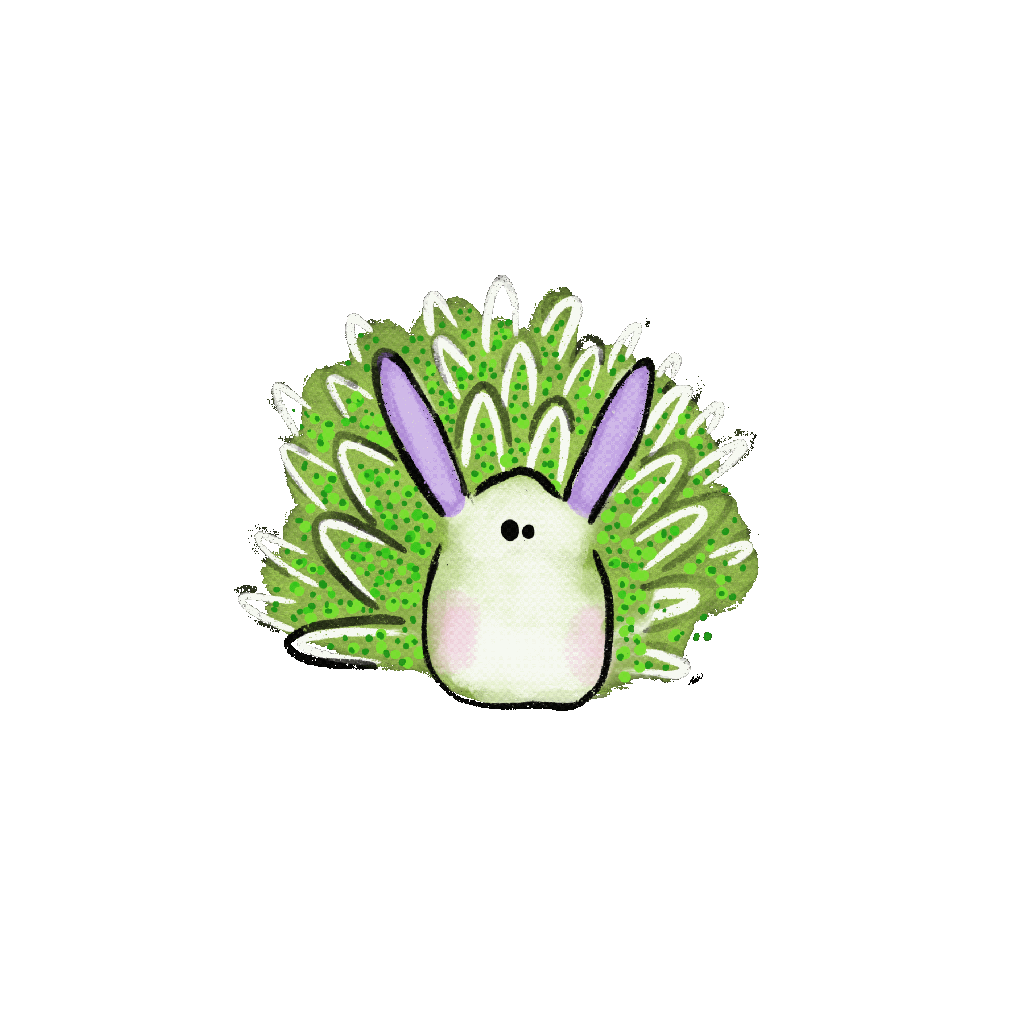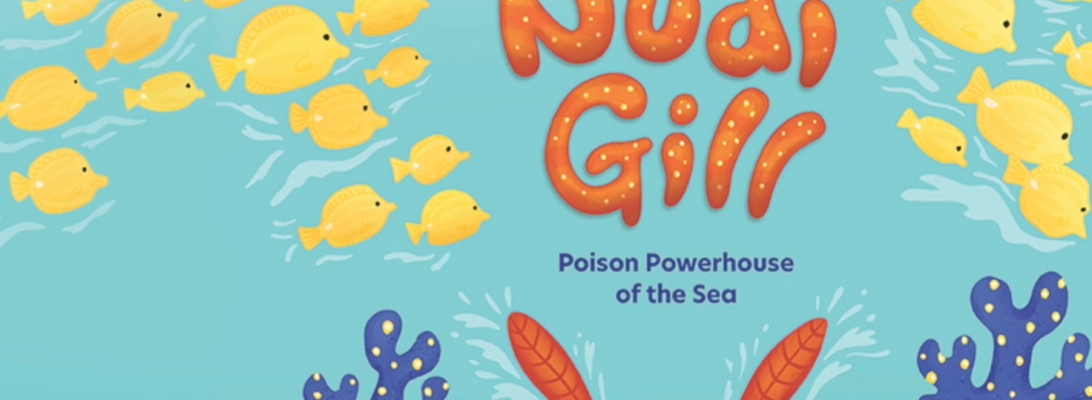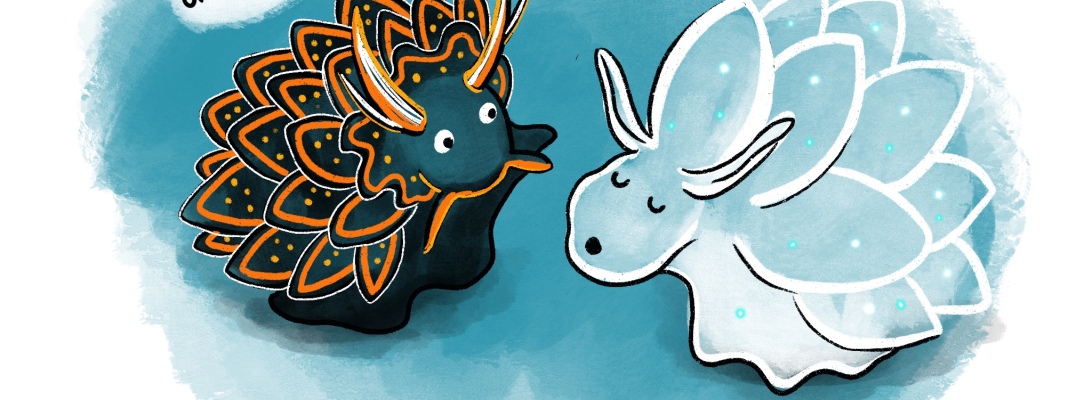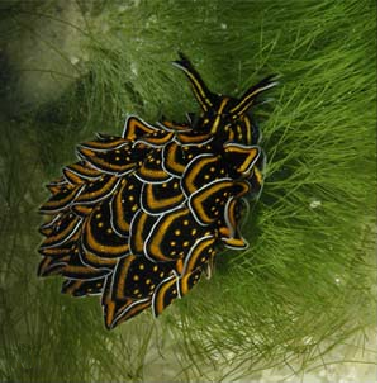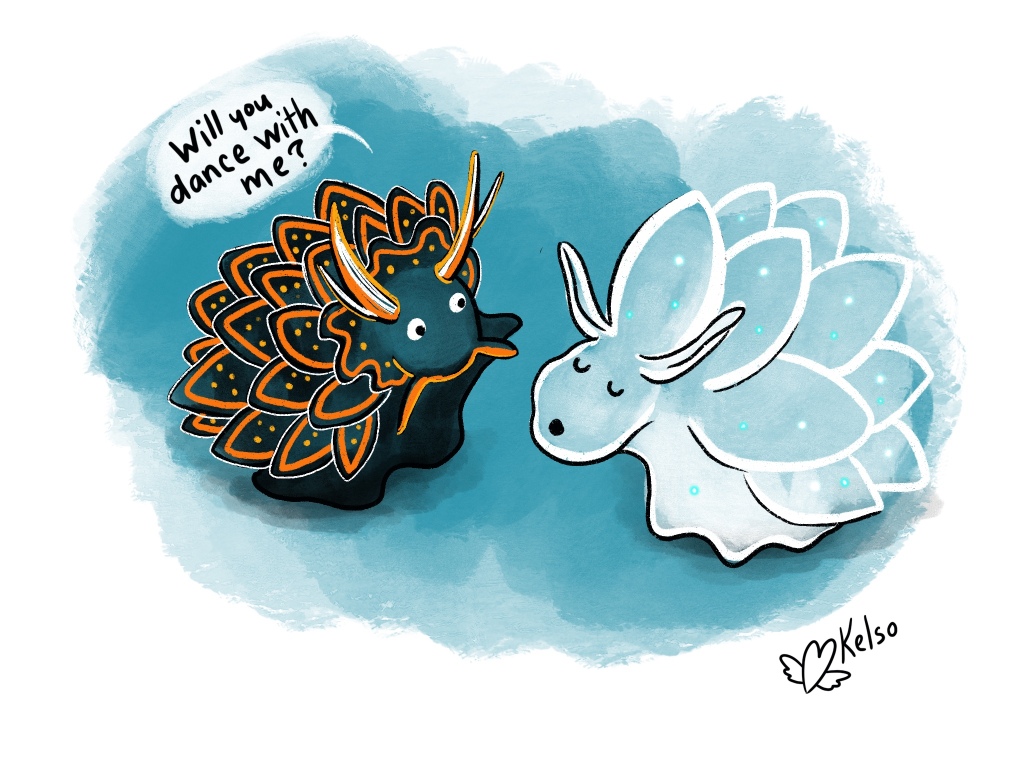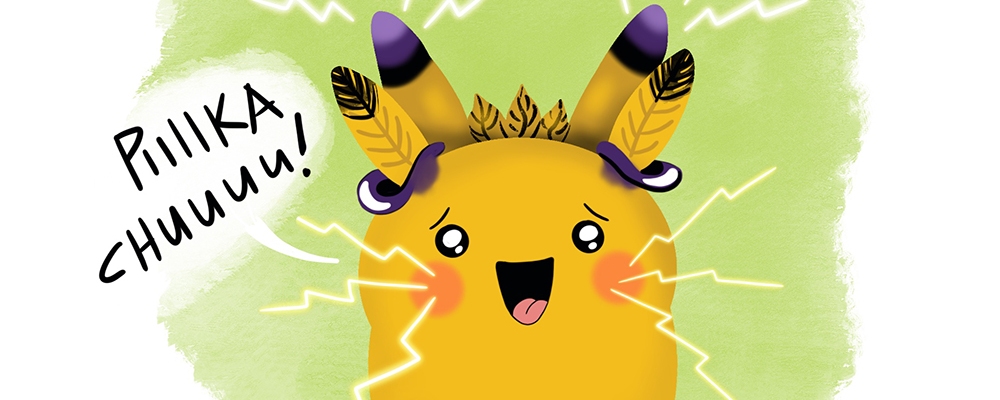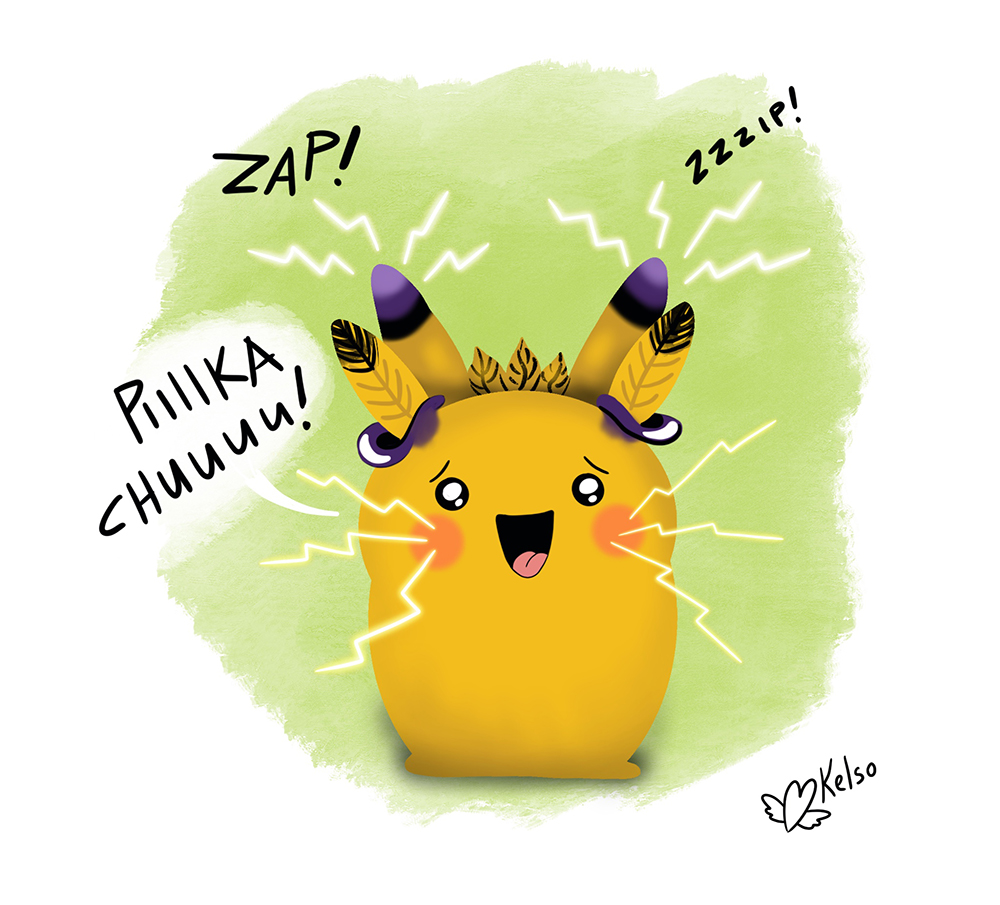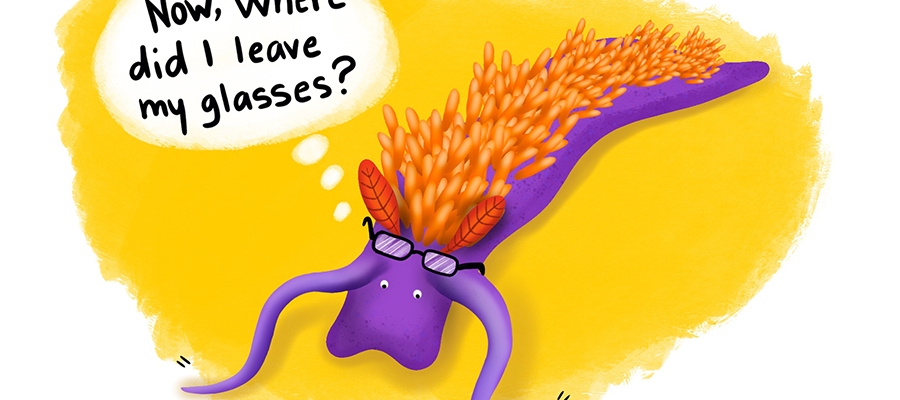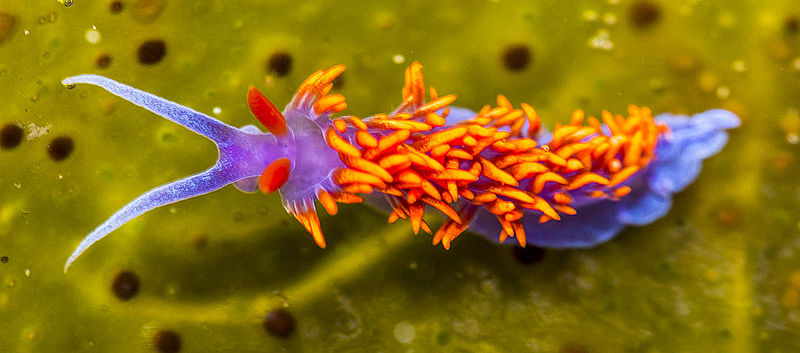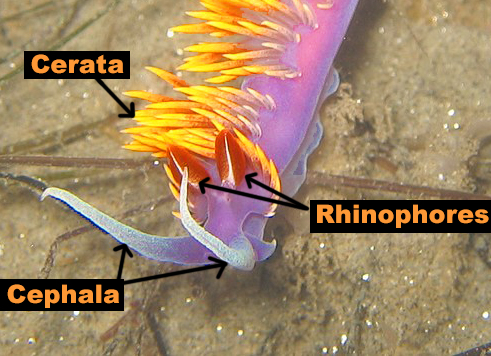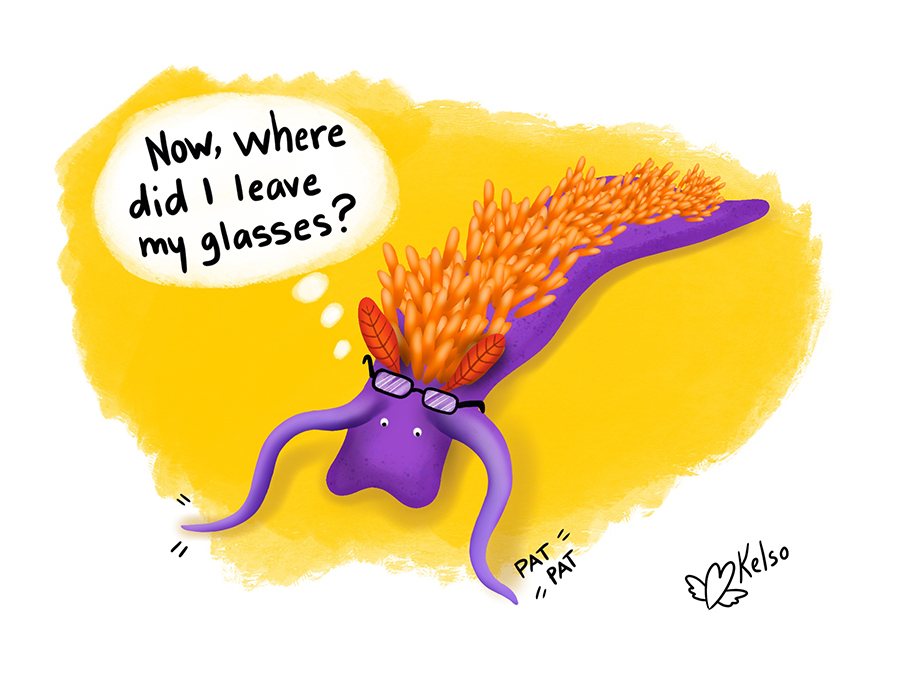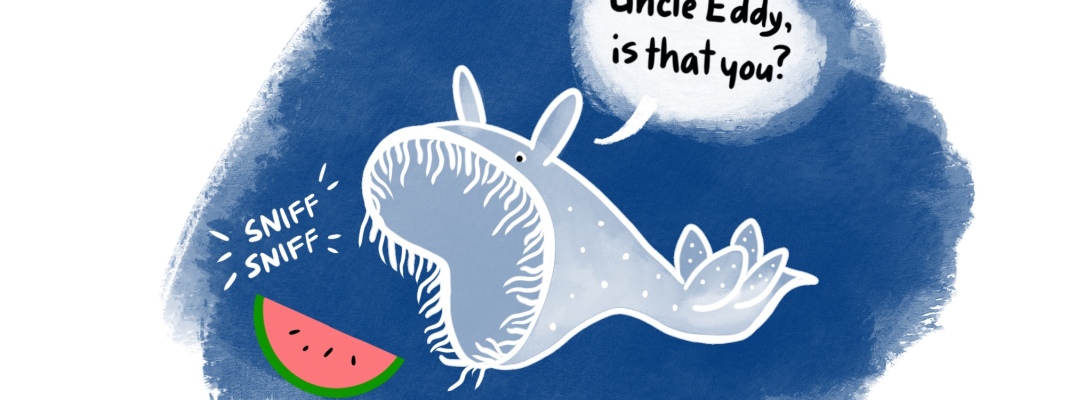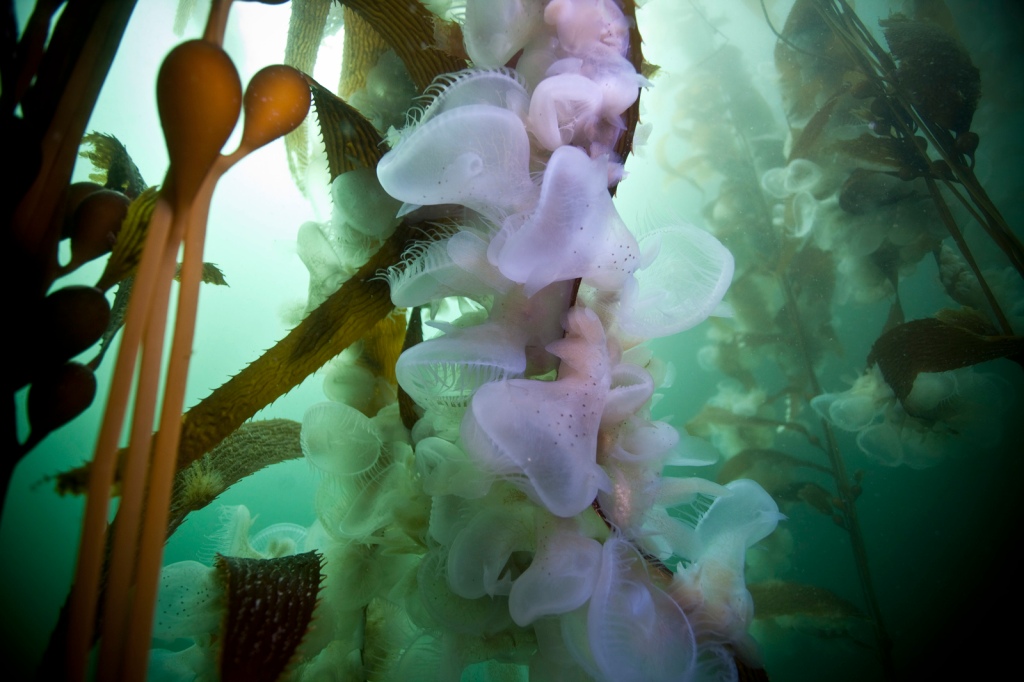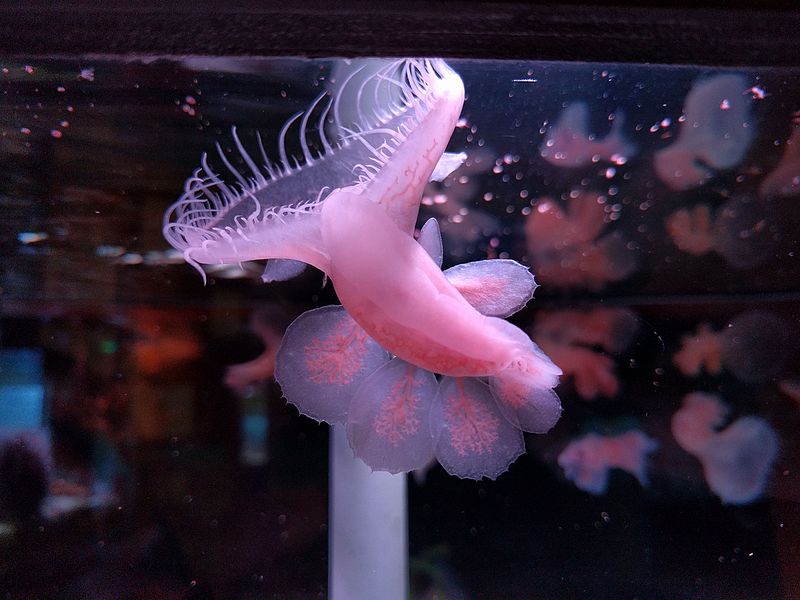I’d like to take a moment to thank each and every one of you who have shared this NUDI GILL PIN UP series with me over the last 20 months. That’s right! This is the last NUDI GILL PIN UP, because my book NUDI GILL: POISON POWERHOUSE OF THE SEA is releasing next month on March 7th!
In fact, you can download the kindle version right now.
Just saying…
Today I have a special Valentine’s Day treat for you! This little candy colored nudibranch is so delectable you’ll want to dip it in chocolate and nibble its mantle like a sea slug bon-bon. Ewww, maybe not.
Chromodoris Annae
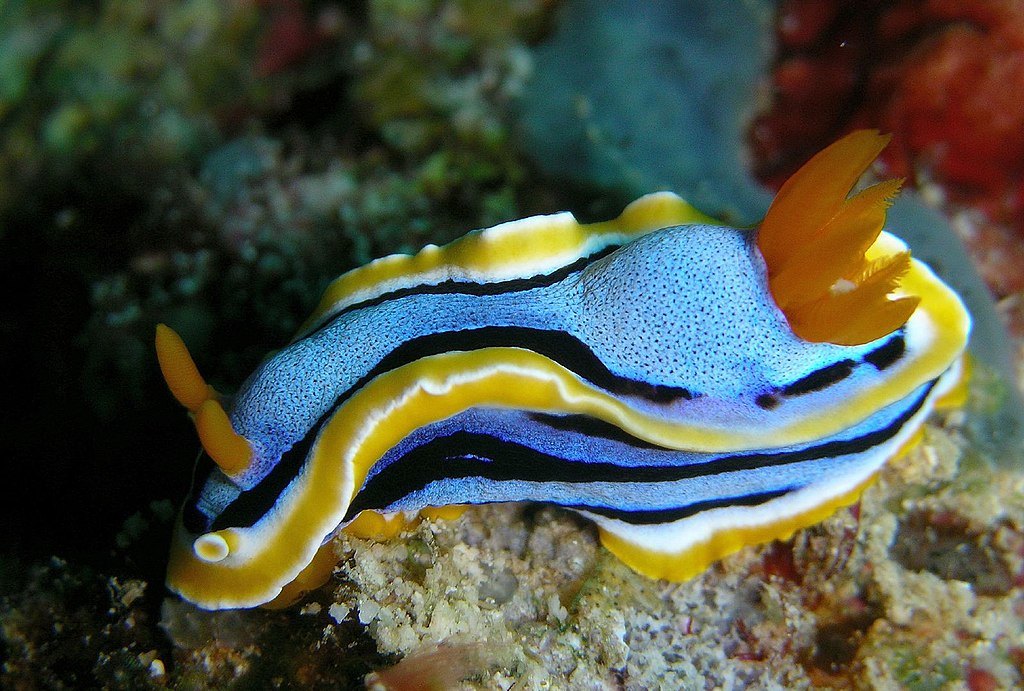
Chromodoris Annae is one of my all time favorite nudibranchs. That’s why I modeled my character Gill after them.
Here’s an early character design of Gill:
I’ve always had a special place in my heart for nudibranchs. Maybe it’s because they are so tiny and beautiful, but also fierce carnivores. They can suck the poison out of their food and use it as a weapon. Talk about superpowers! What’s not to love about that?
Did you know that nudibranchs have tiny little shells when they are still in their larva stage of development? The shells disappear before they begin to develop into their adult form. Check out this magical video of baby nudis:
Nudibranch are part of the gastropod family and many gastropods, like sea snails, have shells. Nudibranchs evolved over the years maximizing their poison defense mechanisms and no longer need to carry a shell for protection. They prefer to go…
NAKED!!!
I love the confidence of that. So I needed to make sure Gill’s personality exuded attitude.
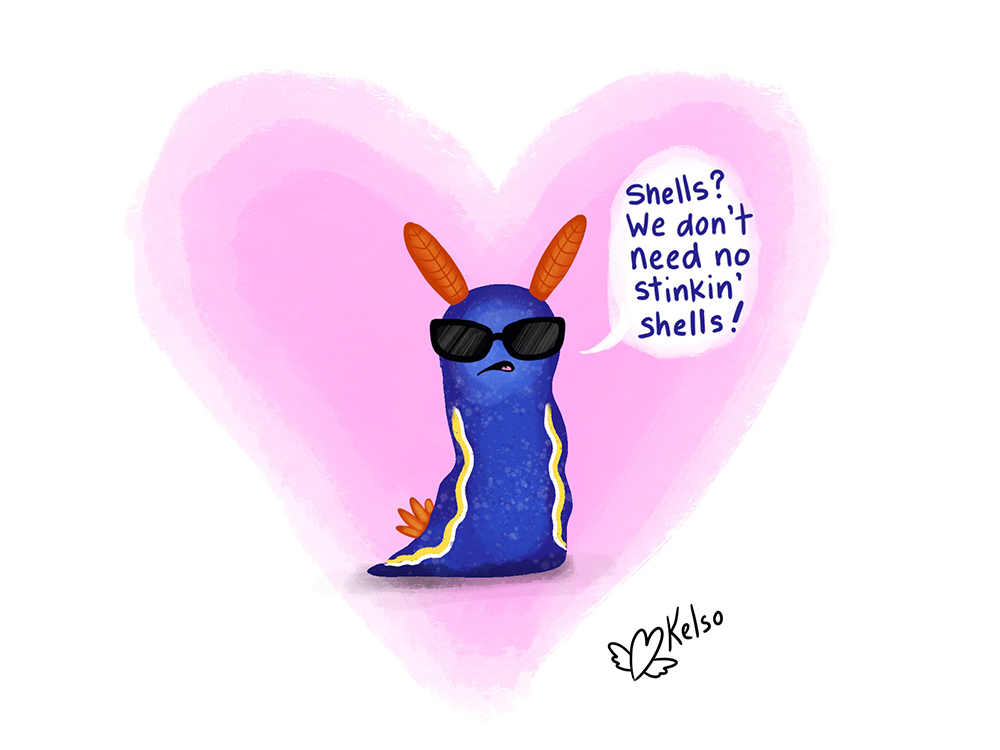
Here’s a nostalgic look back at all the NUDI GILL PIN UPS!
With love,

NOW Available for pre-order!
Bonnie Kelso writes and illustrates books for children and adults that encourage individualism and brave self-expression. She facilitates art workshops for her local community and beyond. Her debut picture book, NUDI GILL, releases in March, 2023. A lover of nature and travel, she often wanders about outside with her family whenever an excellent opportunity to do so presents itself.
